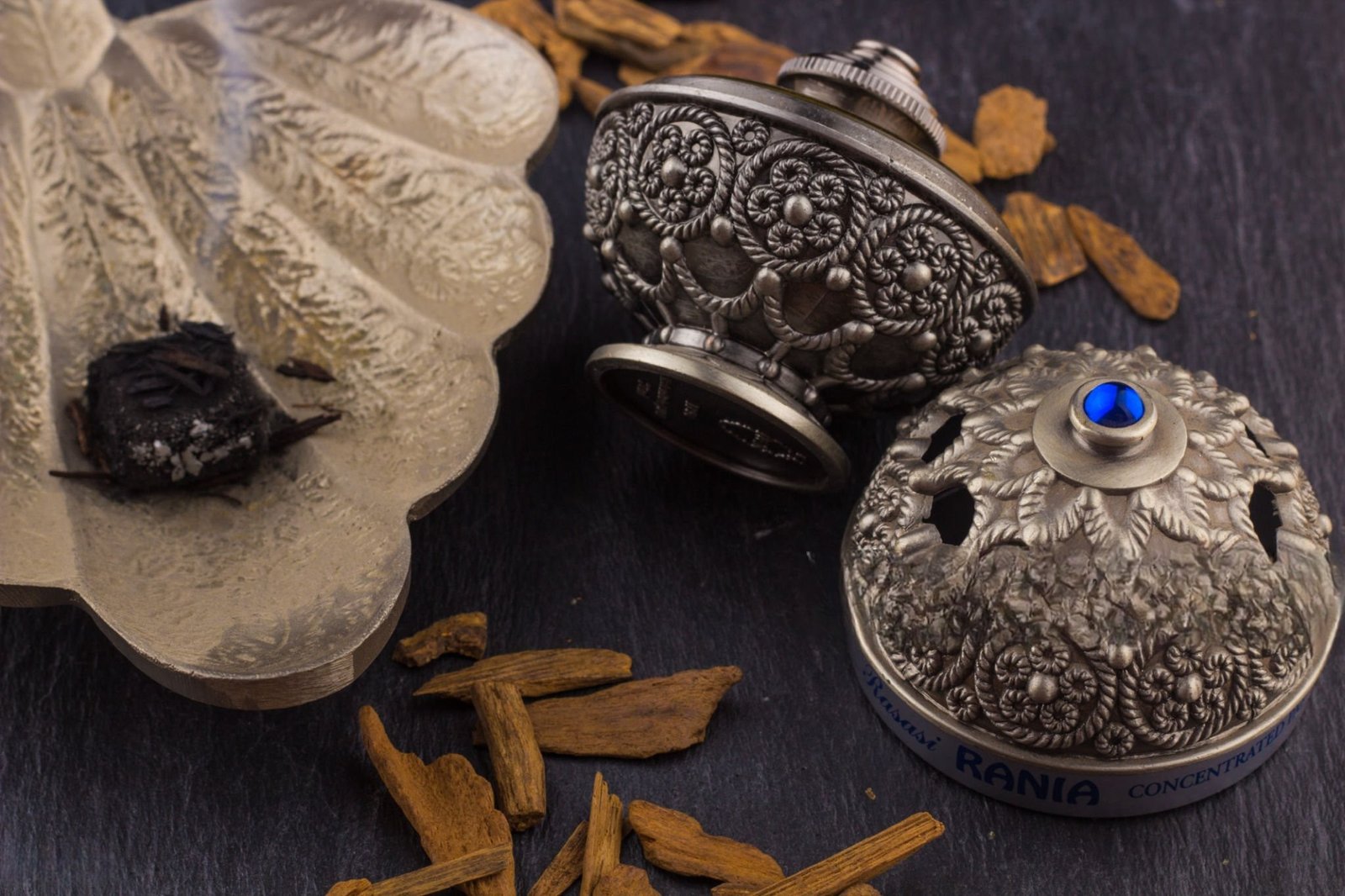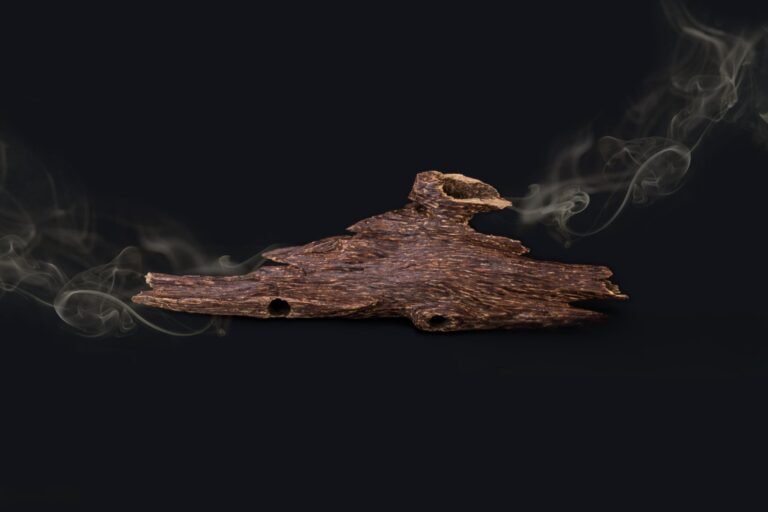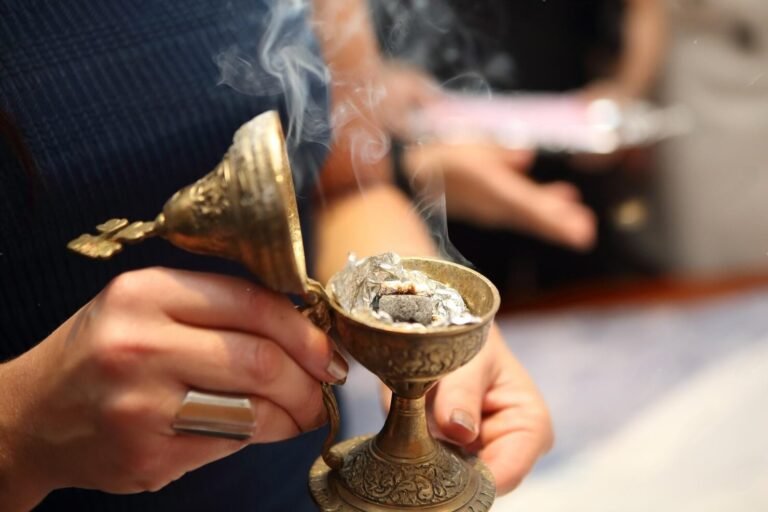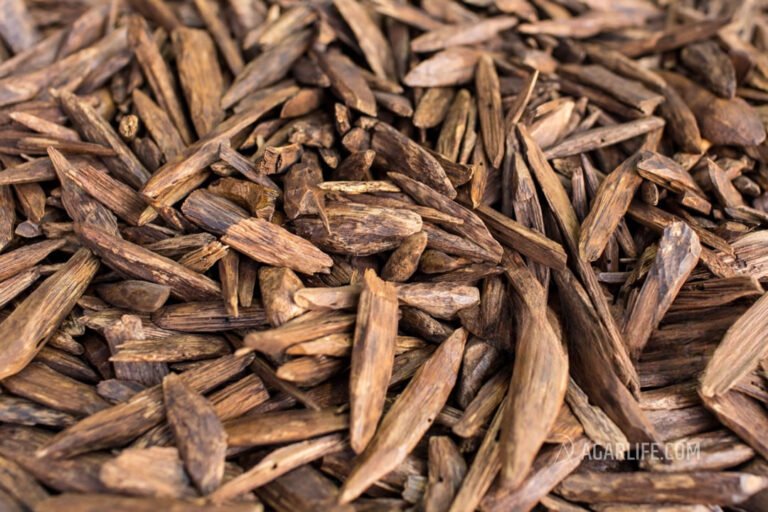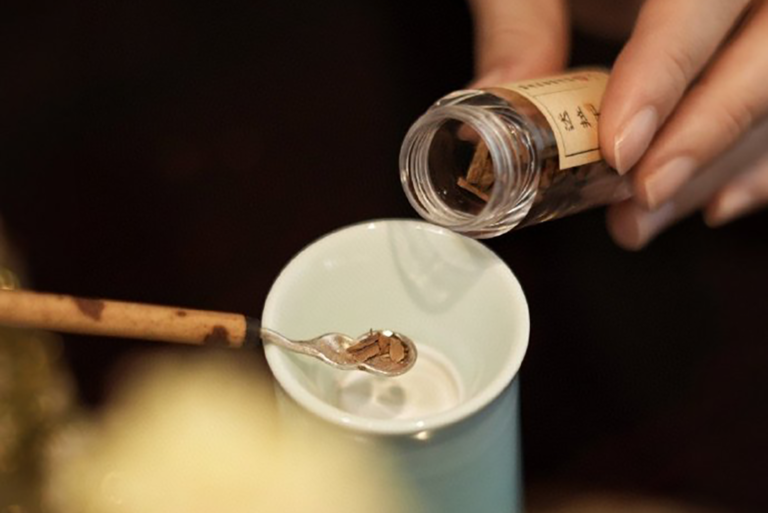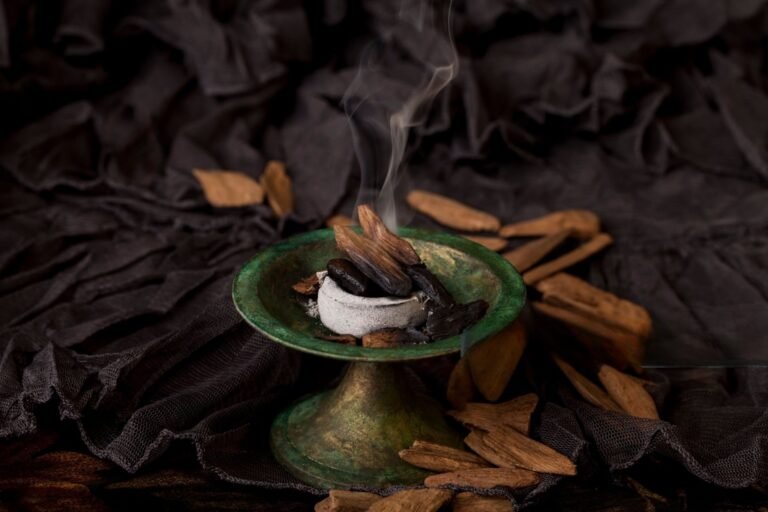Agarwood, deeply cherished in Chinese culture, has been treasured for centuries—not only as a sacred element in religious rituals but also as a symbol of time-honored tradition and spiritual solace. While many are familiar with its name, few truly understand its origins, benefits, and diverse applications. In this blog, we’ll delve into the fascinating world of agarwood, exploring its history, uses, and how to incorporate it into daily life.
What Is Agarwood?
Agarwood is a resinous substance formed when Aquilaria trees (part of the Thymelaeaceae family) secrete protective oils in response to injury. Over time, this resin combines with the wood, creating a dense, aromatic material. Its formation requires decades under specific environmental conditions, making it rare and highly valuable. Renowned for its complex fragrance, agarwood is used in perfumes, incense, and traditional medicine. Historically, it has been employed to treat ailments like digestive issues and respiratory disorders.
Types of Agarwood Trees
Agarwood trees thrive in Southeast Asia, with notable species including:
Aquilaria Sinensis (Chinese Agarwood)
Native to Guangdong, China, this species is among the earliest used for producing agarwood. Its resin carries a delicate, earthy aroma.
Aquilaria Crassna (Vietnamese Agarwood)
Found in Vietnam, Laos, and Cambodia, this tree produces light-colored resin with sweet, floral notes—a hallmark of premium agarwood.
Aquilaria Malaccensis (Indonesian Agarwood)
Common in Indonesia and Malaysia, its dark resin emits a rich, medicinal scent, ideal for incense and carvings.
Health Benefits of Agarwood
Agarwood’s applications span medicine, wellness, aesthetics, and spirituality:
Medicinal Uses
In traditional medicine, agarwood is prized for its ability to relieve pain, ease nausea, and improve respiratory health. Modern studies highlight its anti-inflammatory, antibacterial, and antioxidant properties, thanks to compounds like sesquiterpenes and chromones.
Aromatherapy & Spiritual Practices
Agarwood’s calming aroma purifies spaces, reduces stress, and enhances meditation. In Buddhism and Taoism, it’s burned during rituals to elevate focus and spiritual connection.
Daily Wellness
- Agarwood Tea: Soothes digestive issues and warms the body.
- Accessories: Wearing agarwood bracelets or pendants allows its scent to promote relaxation through skin contact.
- Incense & Sachets: Repels insects, freshens air, and boosts mental clarity.

Popular Uses of Agarwood
Luxury Perfumes
Agarwood’s deep, lingering scent is a staple in high-end perfumes, adding sophistication and depth.
Incense & Ceremonial Use
Agarwood sticks or powders are burned in ceremonies, fostering tranquility and mindfulness.
Craftsmanship
Skilled artisans carve agarwood into intricate sculptures, prayer beads, and home décor, blending artistry with tradition.

FAQs About Agarwood
Q: Who should avoid using agarwood?
A: Pregnant women, children, and individuals with hypertension or heart conditions should consult a doctor before use. Overexposure to its strong aroma may cause headaches.
Q: How to spot fake agarwood?
A: Genuine agarwood has a natural, layered grain, dense texture, and a warm, non-chemical scent. Fakes often smell artificial or have uneven coloring.
Q: How to store agarwood?
A: Keep it sealed in a cool, dry place away from sunlight to preserve its fragrance.
Q: Best agarwood for aromatherapy?
A: Vietnamese “Kynam” or Indonesian “Gaharu” are top choices for their balanced, therapeutic aroma.

Final Thoughts
Agarwood’s allure lies in its rarity, versatility, and timeless appeal. Whether for health, spirituality, or artistry, it remains a bridge between nature and human culture. Always purchase from trusted suppliers to ensure authenticity, and let this ancient treasure enrich your life mindfully.

